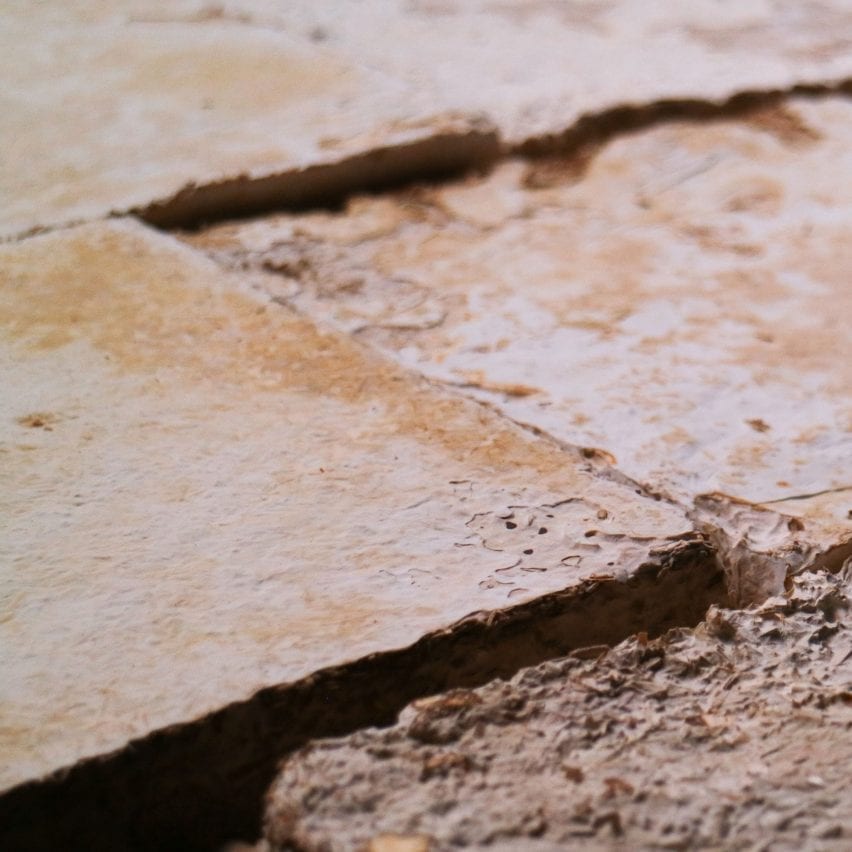Mycelium is "part of the solution" to carbon-negative buildings

Mycelium could soon be used to insulate and fire-proof buildings while sequestering carbon, according to sustainability expert David Cheshire.
The biomaterial, which forms the root systems of fungi, is "a fantastic thing," Cheshire said.
"It's naturally fire retardant," he said. "It's actually got better insulation properties than most standard insulation and it's actually sequestering carbon."
"It's grown on waste from the agriculture industry," he added. "What's not to like""
Above and top: biomaterials company Biohm produces mycelium insulation panels
Cheshire, who is sustainability director at construction consultant AECOM, spoke to Dezeen last week when discussing the carbon performance of this year's Serpentine Pavilion. The pavilion, which is built of materials including recycled steel, timber and cork, is carbon-negative, meaning it sequesters more atmospheric carbon in its biomaterials that it emits over its lifecycle.
AECOM testing some "really cool" new mycelium products
While mycelium was eventually rejected due to concerns over its long-term durability, Cheshire said the material showed great promise for future projects.
"We looked at various mycelium products," he said, explaining that the AECOM team investigated a range of innovative biomaterials in an attempt to reduce the building's carbon footprint to a minimum.
Biohm also produces mycelium bricks to use in construction
"We ha...
| -------------------------------- |
| LOSAS SEGÚN SU FORMA DE ARMAR |
|
|
Villa M by Pierattelli Architetture Modernizes 1950s Florence Estate
31-10-2024 07:22 - (
Architecture )
Kent Avenue Penthouse Merges Industrial and Minimalist Styles
31-10-2024 07:22 - (
Architecture )






